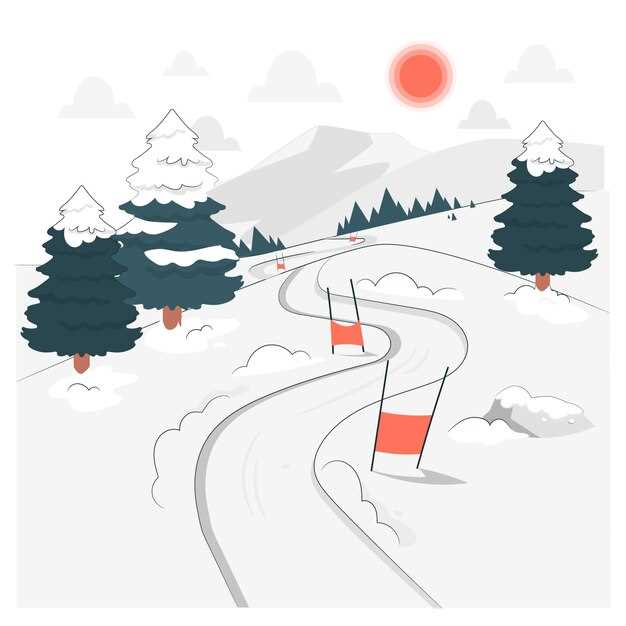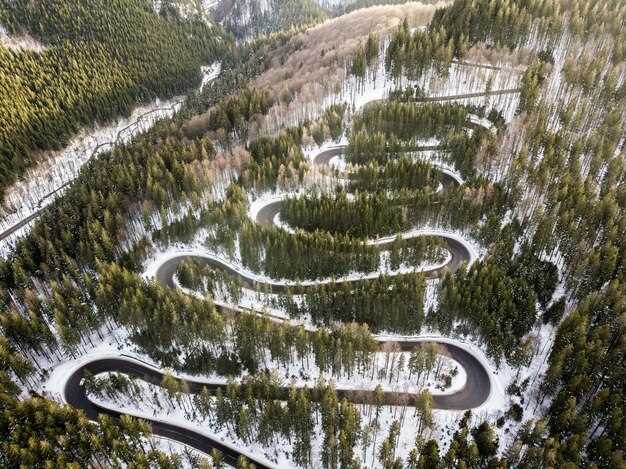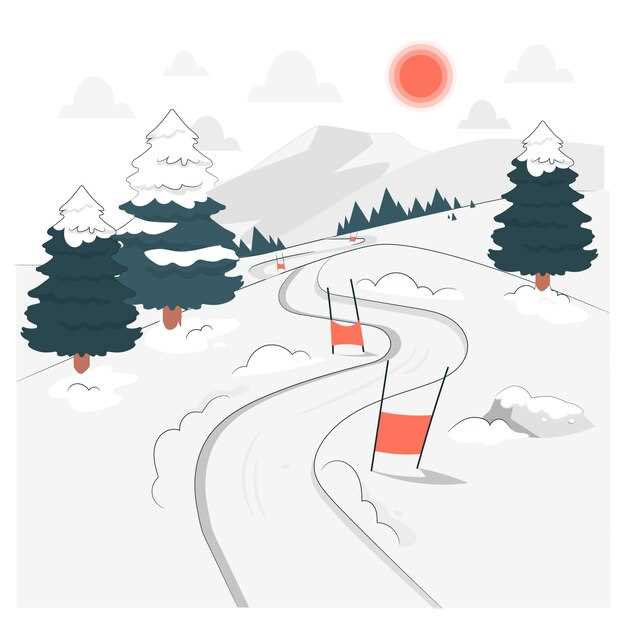
The Nürburgring, often referred to as the ‘Green Hell’, is a legendary motorsport complex located in the Eifel region of Germany. Known for its challenging layout, the track is both a testbed for automotive engineering and a venue for racing enthusiasts. Understanding the intricacies of its track surface and elevation changes is essential for anyone looking to grasp what makes the Nürburgring unique.
The surface of the Nürburgring varies significantly throughout its course, with sections made of different materials that affect grip and handling. From asphalt to concrete, these variations create a demanding environment for drivers and vehicles alike. Each turn and straight presents its own challenges, influenced by weather conditions, tire wear, and driving style. Navigating these subtle nuances is key to achieving optimal performance on one of the world’s most revered race tracks.
In addition to the surface, the Nürburgring is renowned for its dramatic elevation changes, with a total elevation change of approximately 300 meters over its 20.8-kilometer length. These shifts can create a multitude of racing scenarios, impacting speed, braking points, and cornering ability. Grasping how to adapt to these elevation changes can be the difference between a successful lap and a catastrophic mistake, making it crucial for drivers to familiarize themselves with this iconic track.
Understanding the Different Track Surfaces at Nürburgring
The Nürburgring, renowned for its challenging layout and diverse elevation changes, features multiple track surfaces that significantly influence the driving experience. Each section of the track has its unique characteristics that affect grip, handling, and overall performance of vehicles. Understanding these surfaces is crucial for both racers and enthusiasts alike.
One of the most notable aspects of the Nürburgring is its combination of asphalt and concrete surfaces. The asphalt sections, primarily located on the Nordschleife, provide superior grip, especially in dry conditions. This surface type allows for greater traction, enabling faster cornering speeds. However, wear and degradation over time can lead to variations in grip levels, making tire choice and management essential for optimal performance.
Conversely, the concrete areas found on parts of the Grand Prix track typically offer less grip compared to asphalt. These surfaces can be particularly challenging in wet conditions, where reduced friction can lead to loss of control. Drivers must adjust their techniques accordingly to accommodate the unique feel of these surfaces.
Another aspect to consider is the wide variety of track conditions that arise from weather changes. The Nürburgring is known for its microclimates, which can create localized rain or fog, impacting the grip on different surfaces unevenly. A section of the track that is dry could be adjacent to another that is slick with water, necessitating a keen awareness of changing conditions.
Furthermore, the track surface may vary in thickness and texture due to ongoing maintenance and repair efforts. These factors contribute to how the car responds to inputs and ultimately affect lap times. Regular updates from the Nürburgring management regarding surface conditions can provide valuable insights for those aiming to optimize their time on the track.
In summary, the different track surfaces at the Nürburgring present both challenges and opportunities for drivers. Understanding the characteristics of asphalt and concrete, along with the environmental factors impacting these surfaces, is paramount for mastering one of the most iconic racing circuits in the world.
Impact of Elevation Changes on Driving Performance at Nürburgring
The Nürburgring is renowned for its complex layout, characterized by significant elevation changes that profoundly affect driving performance. These variations in elevation create diverse challenges that require drivers to adapt their strategies and techniques continuously.
As drivers navigate the circuit, changes in elevation can severely impact traction. Climbing steep inclines often results in reduced engine power and altered weight distribution, which can affect acceleration. Conversely, descending slopes may increase speed but compromise control, demanding heightened focus from drivers.
Additionally, elevation shifts influence braking dynamics. Descending sections require earlier braking points due to increased momentum, while ascending sections allow for stronger application of brakes. This can lead to overheating brakes if not managed properly, affecting overall vehicle performance.
Furthermore, elevation changes contribute to dynamic weight transfer. During climbs or descents, the center of gravity shifts, impacting tire grip and steering response. Drivers must understand how to optimize their handling techniques to maintain stability and precision throughout these challenging sections.
In summary, elevation changes at Nürburgring significantly affect driving performance, influencing traction, braking, and overall vehicle dynamics. Mastering these elements is essential for achieving competitive lap times on this iconic track.
Best Practices for Tire Selection Based on Track Conditions

The Nüburgring is renowned for its diverse track surface and elevation changes, which can significantly affect tire performance. Selecting the right tires for varying track conditions is crucial for optimal grip and handling. Understanding the nuances of tire compounds, tread patterns, and temperature ranges is essential for achieving the best results.
In dry conditions, a softer compound tire is generally preferred. These tires provide better grip due to increased rubber contact with the track surface, allowing for improved cornering and acceleration. However, caution must be exercised as softer compounds may wear out more quickly, especially on the abrasive sections of the Nüburgring.
In contrast, when faced with wet or damp conditions, tires designed specifically for rain should be utilized. These tires feature deeper grooves that help channel water away from the contact patch, minimizing the risk of hydroplaning. It is important to regularly assess weather forecasts and adjust tire selection accordingly to ensure maximum safety and performance.
For mixed conditions or if the track is changing throughout the session, consider using tires that balance between dry and wet performance. All-weather tires can offer a compromise, but their efficiency may not match that of specialty tires in more extreme conditions.
Elevation changes on the Nüburgring can also impact tire choice. On steep climbs, increased load on the tires can generate additional heat. Selecting a tire with a stiffer sidewall can help maintain stability, whereas tire pressure adjustments may be necessary to prevent overheating. Conversely, on descents, watch for tire stress and be ready to adapt as braking forces can vary greatly.
To summarize, successful tire selection at the Nüburgring requires a comprehensive understanding of the track’s specific conditions. Always assess weather, surface state, and elevation to inform your tire choices, ensuring optimum performance and safety throughout your driving experience.



